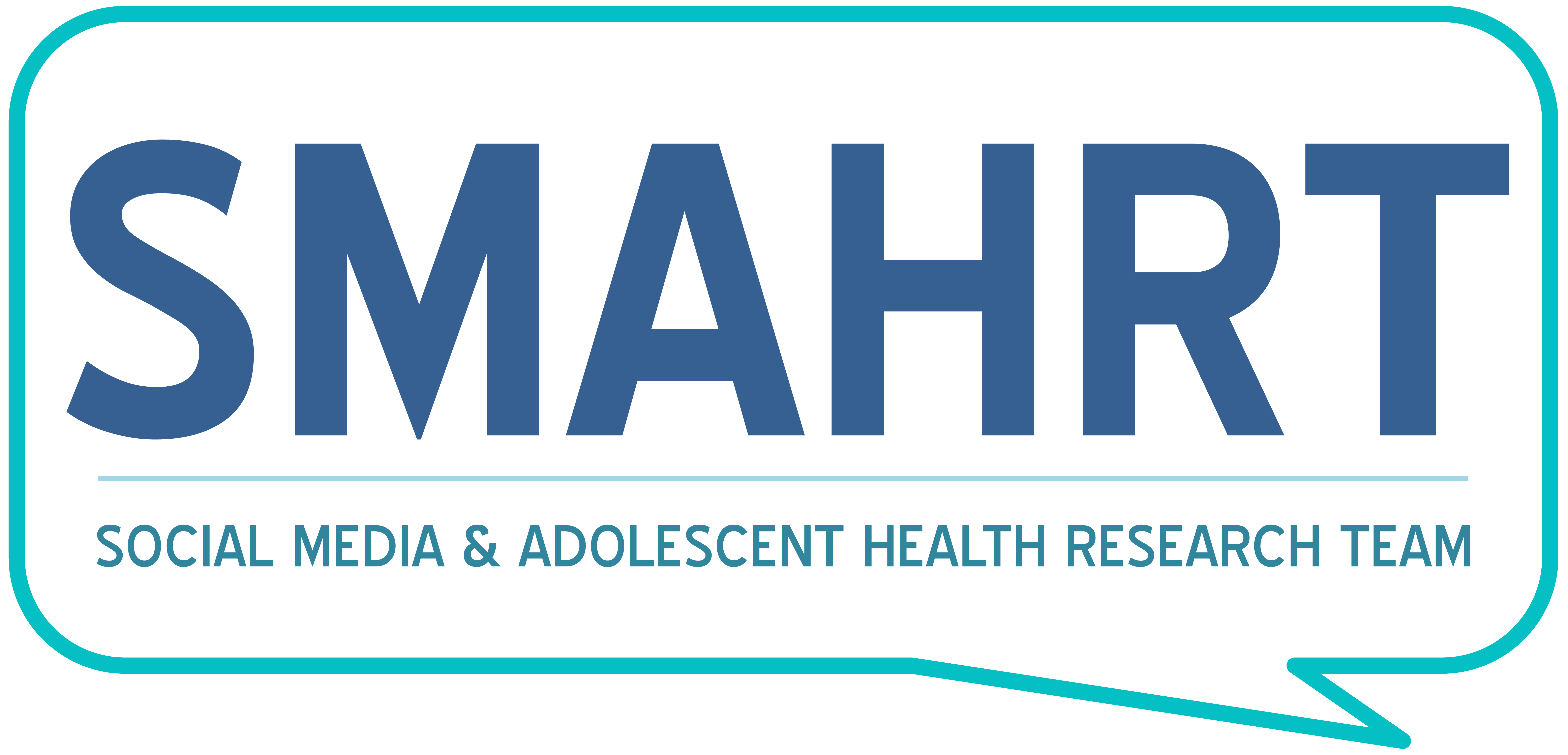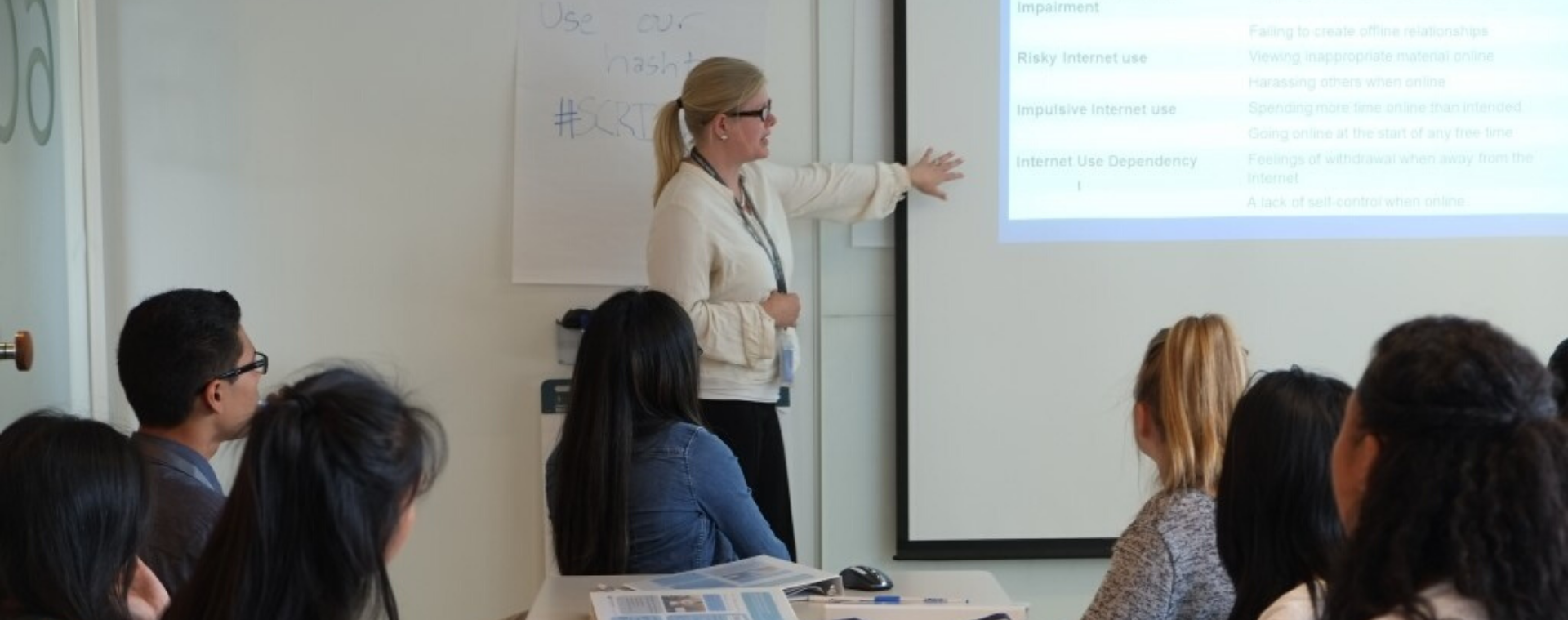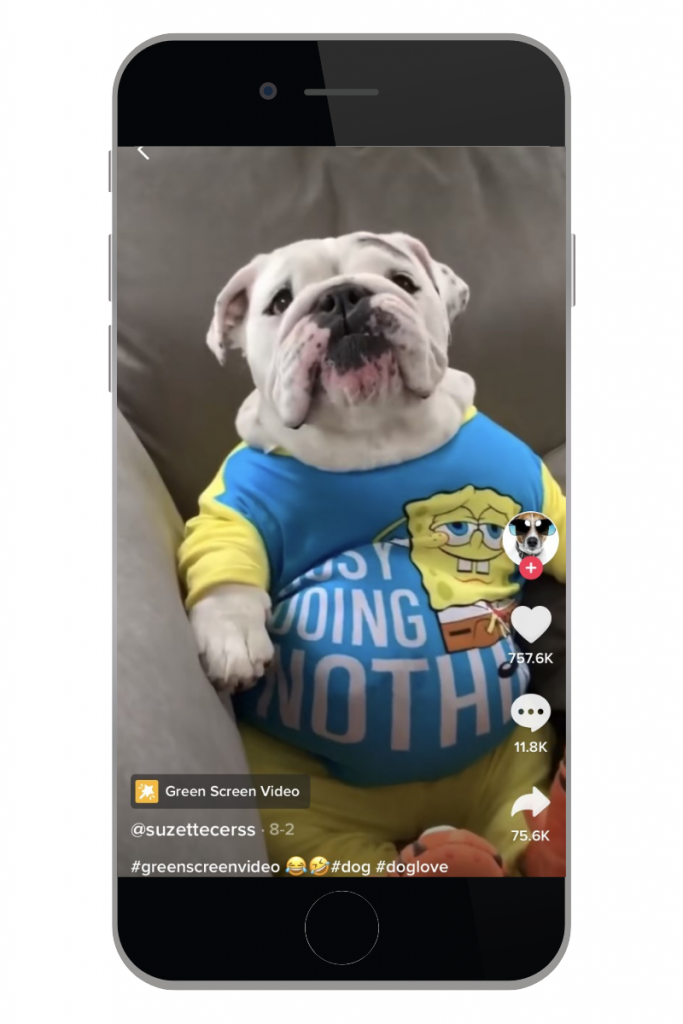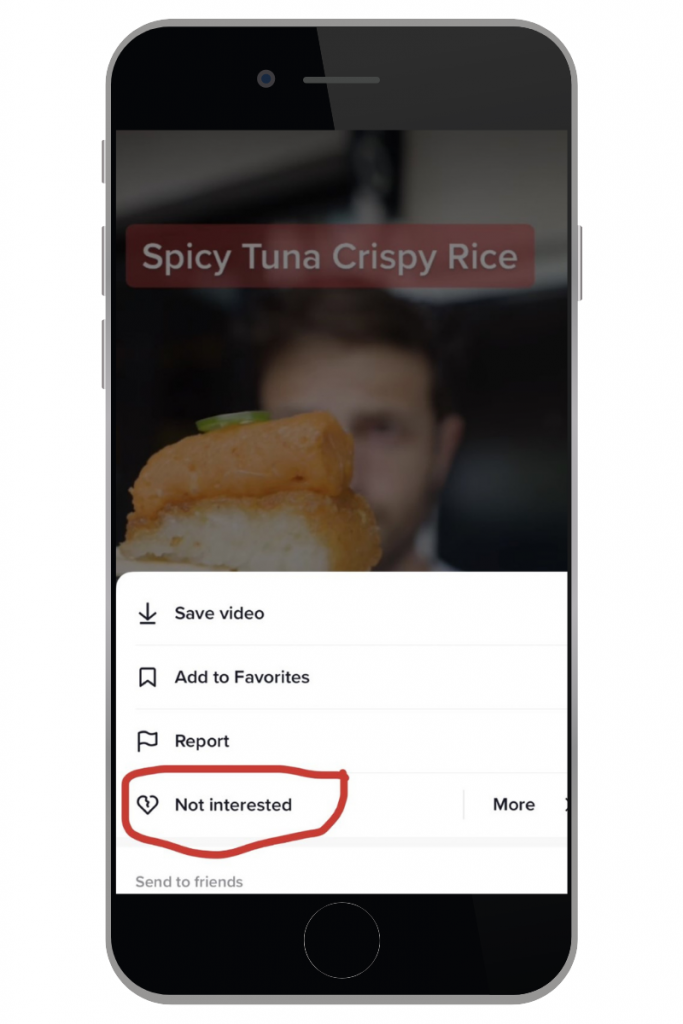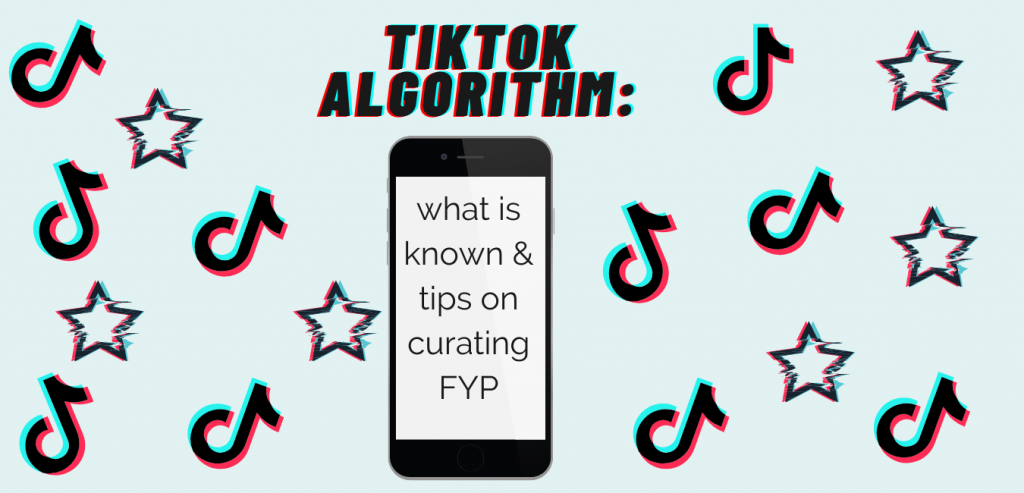
By: Katie Raynes
The platform of TikTok has tremendous reach, with about 1 billion monthly users, and has an especially strong following among adolescents and young adults. When quickly swiping through these short clips, you may not even realize that your interactions taken from the “For You Page” (FYP) directly contribute to its algorithm and future content being shown.
These accounts and videos could, perhaps, inherently be contributing to your own mental health and how you think about yourself as well as others (Monks et al., 2021).
From what we know right now, there is no ultimate “secret recipe” to curating a FYP with exactly the content you may want to see, however, you can become more cognizant of your algorithm and engage strategically.
Last year, TikTok shared how their algorithm works in a press conference. The company identified three ways the system generates your page (Tik Tok, 2019).
1.) User interactions: videos you like or share, accounts you follow, comments you post, and content you create weighs heavily on the system.
2.) Video information: including details like captions, sounds, and hashtags.
3.) Device and account settings: such as language preference, country setting, and device type.
With all of this information, here are some ways we recommend for you to curate a FYP that better fits your interests and optimize your well-being.
First, start following accounts that you love.
You can diversify your feed by following a variety of creators that may produce content in which you are interested, ranging from pets to travel to dancing or cooking videos. Your interactions with these accounts tell the system what you enjoy watching and what you want to see more often; double tap on the videos that bring you joy and add those videos to your favorites. Keep in mind that if you watch a video from beginning to end, it would also receive greater weight to future content being produced for you.
** Bonus points for sharing the videos you like or may find funny to friends and family, as the system will also take that into account.
Second, look at the captions and hashtags of the videos, as well as the sounds.
This is probably the least obvious way of how the system works to create your algorithm. After watching a video you like, take note of the hashtags or sound/music being used. You can interact with the content even more by exploring the discover page for the hashtag and sound; even more so, you can add them both to your favorites, increasing the likelihood of seeing a video with similar content again.
Finally, limit the content that you don’t want to see.
Sometimes, you may come across a video that you are not interested in or don’t like. Keep in mind that the system will take note of the amount of time you engage with the clip (such as watching the whole video) or swiping through immediately. If you don’t like the content, you can tell the app you do not want to see it by pressing down on the screen and choosing the tab “not interested”. Additionally, you can choose to hide videos from creators or videos made with a particular sound.
Once you have an initial feed and strategically interact with content, the app will create recommendations unique for you and based on your interests, interactions, and engagement.
There is a lot more research that needs to be done regarding social media and adolescent health, exploring both the potential risks and benefits for adolescents in our digital age. However, right now we do know that there are a variety of potential benefits of social media for adolescents, which include the possibilities for humor, entertainment, identity exploration, creative expression, and social connection (Nesi, 2020).
References
Monks, H., Costello, L., Dare, Boyd, R. E. (2021). “We’re continually comparing ourselves to something”: Navigating body image, media, and social media ideals at the nexus of appearance, health, and wellness. Sex Roles 84, 221–237 https://doi.org/10.1007/s11199-020-01162-w
Nesi, J. (2020). The impact of social media on youth mental health. North Carolina Medical Journal, 81 (2) 116-121; DOI: https://doi.org/10.18043/ncm.81.2.116
TikTok. (2019, August 16). How TikTok recommends videos #foryou. Newsroom. https://newsroom.tiktok.com/en-us/how-tiktok-recommends-videos-for-you.
